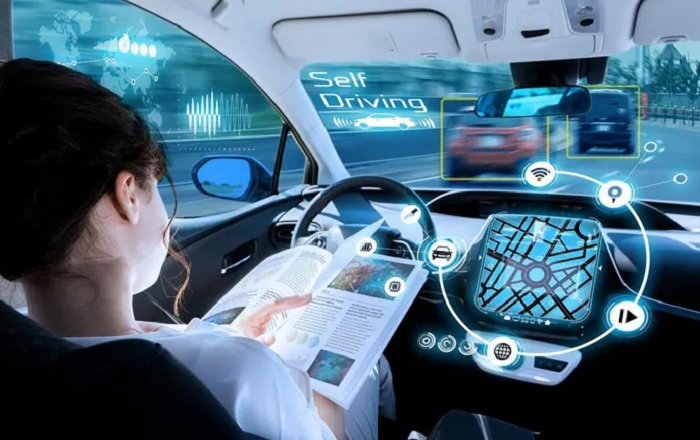In the realm of transportation, the advent of self-driving cars represents a technological frontier that holds the promise of revolutionizing our daily commute while also raising complex challenges. As autonomous vehicle technology continues to advance, it is essential to examine both the potential benefits and risks associated with the widespread adoption of self-driving cars.
The Promise of Self-Driving Cars:
1. Enhanced Safety: Reducing Human Error
One of the primary promises of self-driving cars is the potential to significantly reduce traffic accidents caused by human error. Autonomous vehicles rely on a combination of sensors, cameras, and advanced algorithms to navigate the road. By eliminating factors such as distracted driving, fatigue, and impaired judgment, self-driving cars have the potential to make roads safer for everyone.
2. Increased Efficiency: Optimizing Traffic Flow
Self-driving cars can communicate with each other and traffic infrastructure in real-time, leading to optimized traffic flow. This interconnectedness allows vehicles to coordinate movements, reduce congestion, and minimize travel times. Enhanced traffic efficiency not only benefits individual commuters but also has the potential to reduce environmental impacts by minimizing fuel consumption.
3. Accessibility: Empowering Diverse Populations
Autonomous vehicles have the potential to revolutionize transportation accessibility, especially for individuals with limited mobility. Self-driving cars could provide a newfound sense of independence for the elderly and people with disabilities, offering a convenient and reliable means of transportation that adapts to individual needs.
4. Time-Saving: Productivity on the Move
With self-driving cars, passengers can reclaim the time traditionally spent on driving for more productive activities. Whether catching up on work, reading, or simply relaxing, the newfound freedom from the steering wheel transforms commuting from a time-consuming task into an opportunity for personal or professional engagement.
The Perils and Challenges:
5. Ethical Dilemmas: Navigating Moral Decision-Making
The introduction of self-driving cars brings forth complex ethical dilemmas. Autonomous vehicles may encounter situations where quick decisions are required, such as choosing between potential harm to the passengers or pedestrians. Resolving these moral quandaries and programming ethical decision-making into the algorithms of self-driving cars presents a significant challenge.
6. Technical Limitations: Addressing Reliability and Adaptability
Despite advancements, self-driving car technology still faces technical limitations. Adverse weather conditions, complex urban environments, and the unpredictability of human behavior pose challenges for autonomous systems. Ensuring the reliability and adaptability of self-driving cars in diverse and dynamic scenarios remains a critical area of development.
7. Cybersecurity Risks: Safeguarding Against Threats
As self-driving cars become more interconnected, the risk of cyber threats increases. Hackers targeting autonomous vehicles could potentially manipulate systems, leading to safety hazards or unauthorized access to personal data. Establishing robust cybersecurity measures is imperative to protect both the integrity of the vehicles and the privacy of passengers.
8. Regulatory and Legal Framework: Adapting to New Realities
The deployment of self-driving cars requires comprehensive regulatory frameworks that address safety standards, liability issues, and ethical considerations. Establishing a legal framework that accommodates the unique challenges posed by autonomous vehicles is essential for widespread adoption and public trust.
The Future of Self-Driving Cars:
As self-driving car technology continues to advance, the future holds the potential for transformative changes in how we perceive and engage with transportation. Overcoming the challenges presented by ethical considerations, technical limitations, and regulatory hurdles will be essential for realizing the full promise of self-driving cars.
In conclusion, the promise and perils of self-driving cars are intertwined in a complex narrative that extends beyond mere technological innovation. While the potential benefits of enhanced safety, efficiency, accessibility, and time-saving are substantial, addressing ethical, technical, and regulatory challenges is paramount. Navigating this road ahead requires a careful balance of innovation, responsibility, and collaboration to ensure that the promise of self-driving cars is realized while minimizing the associated perils.




